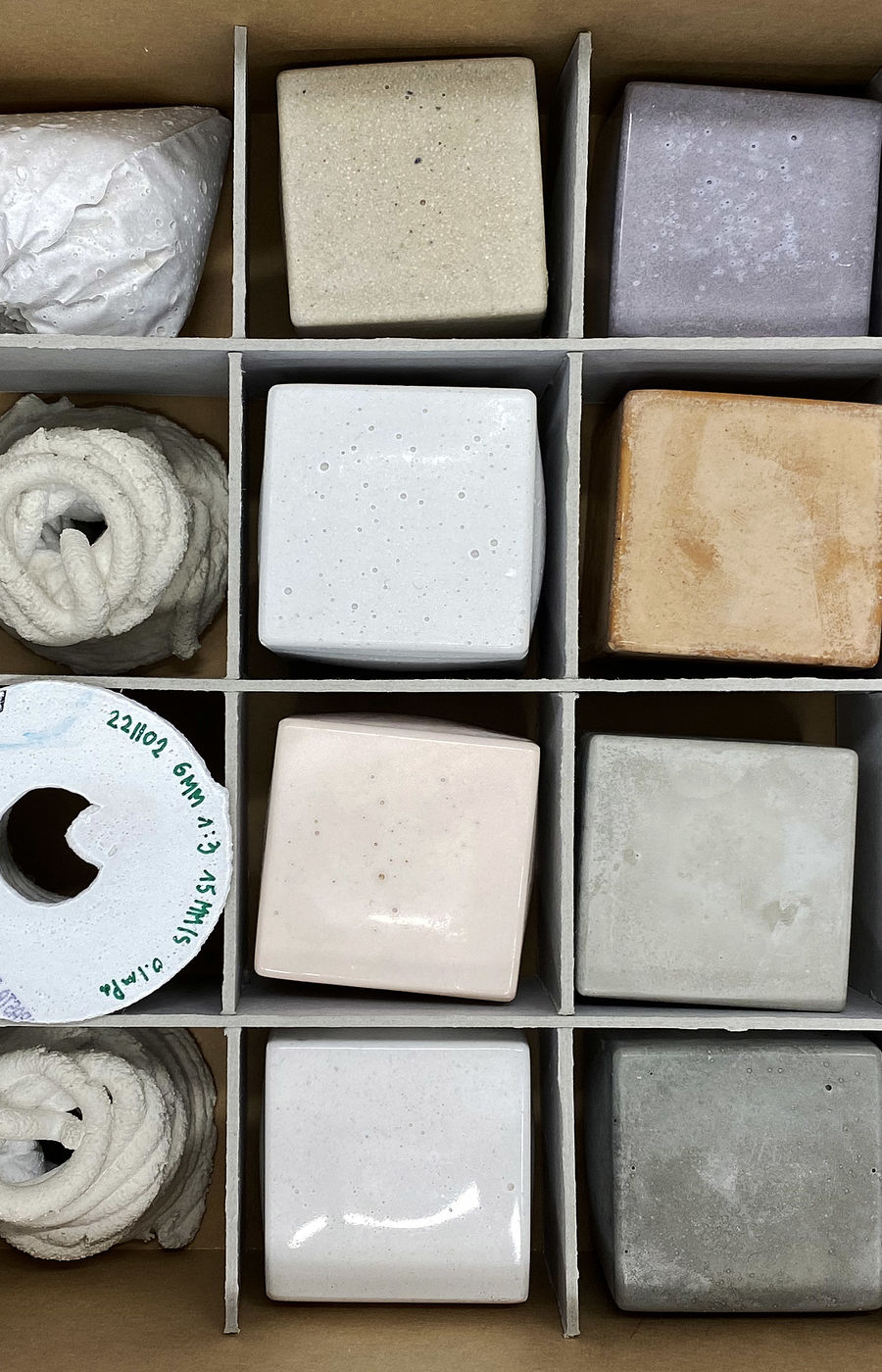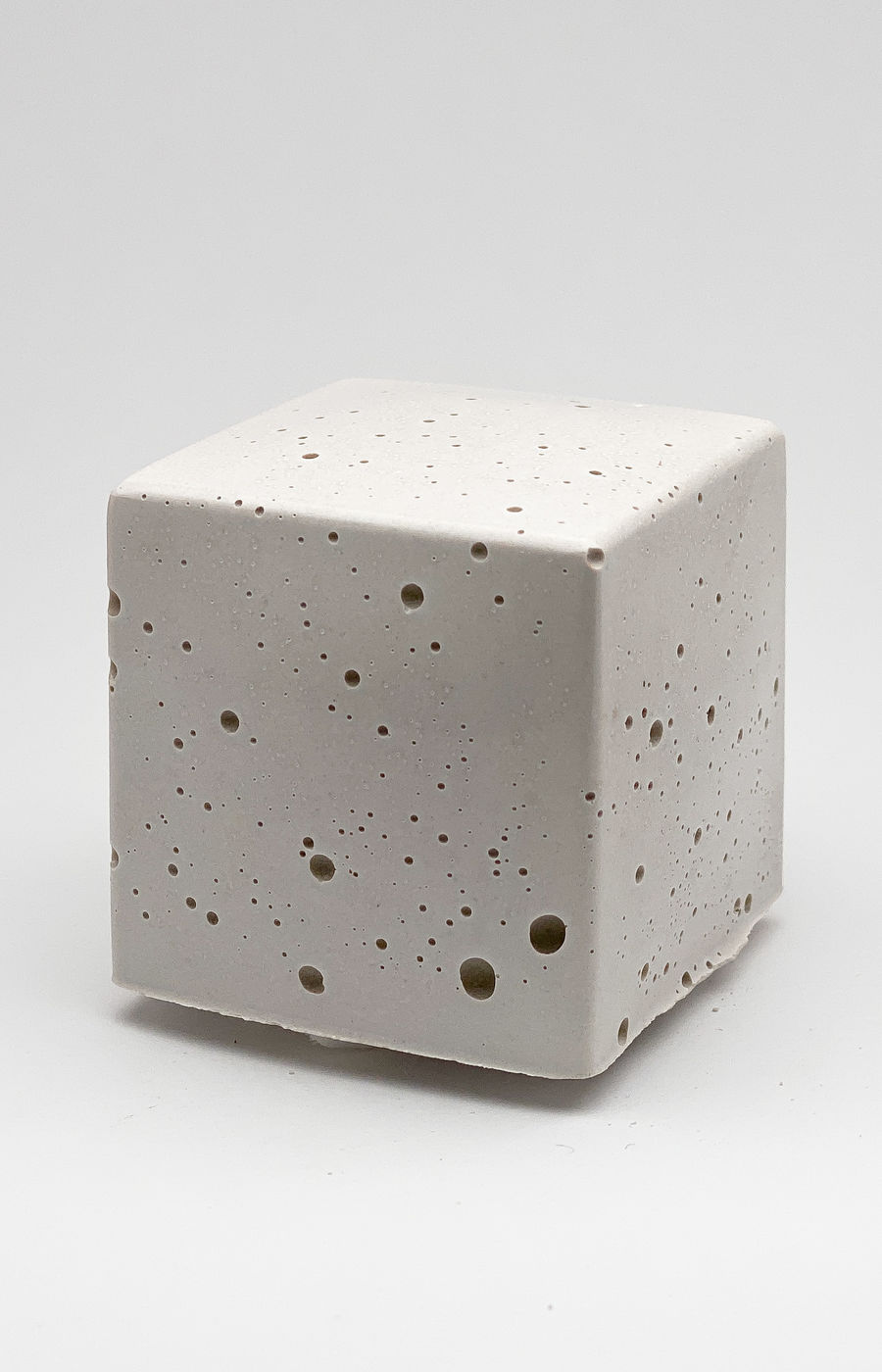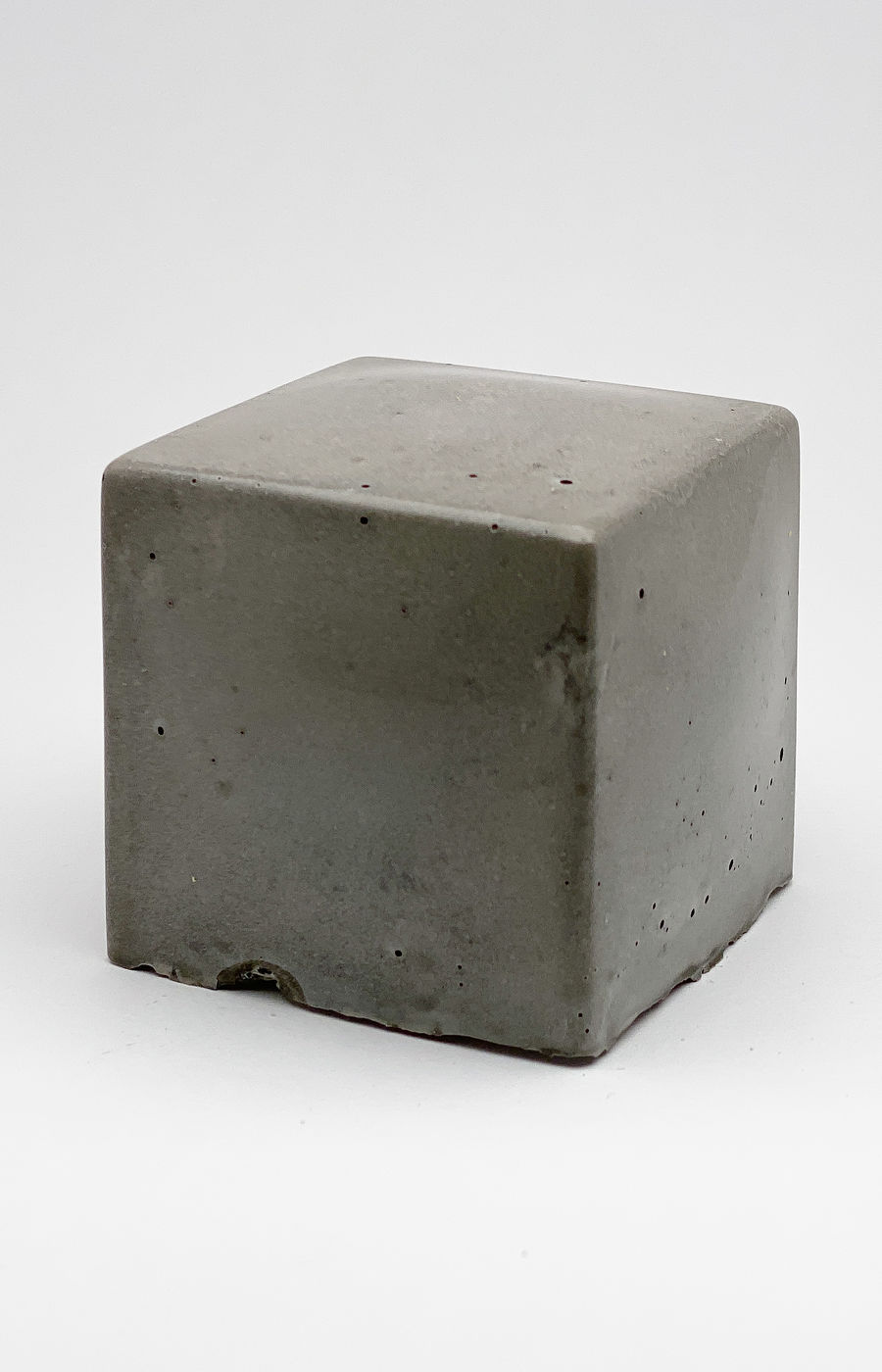
Geopolymers – an alternative to concrete
Materials right beneath our feet
The first task on a construction site is usually bulk clearance: loading vegetation, rubble and sand onto trucks and hauling it away. Although some of these materials can be recycled, much of them still end up in landfill, only for new trucks to arrive with fresh materials. The obvious question is, shouldn’t we be making better use of the materials that are readily available on site?
After water, concrete is the most used material around the globe. The production of concrete accounts for 8% of annual carbon emissions worldwide. If we are to reduce the amount of CO2 generated each year, we need to find alternatives for concrete.

Geopolymers are currently being explored as an alternative to traditional cement and concrete, as they offer similar strength and durability, but with a smaller carbon footprint. At its best, geopolymer concrete offers a host of great properties: freeze-thaw and fire resistance, insulation and corrosion resistance.

Research suggests that this eco-material may have been used in ancient structures, including the perfectly carved Gate of the Sun from the Tiwanaku culture in Bolivia. Geopolymers are produced by mixing various types of raw materials, including fly ash, slag, metakaolin or volcanic ash with an alkaline solution.

Led by professors Maarit Mäkelä and Jussi Leveinen, Aalto University’s researchers are currently experimenting with soil samples sourced from different areas in Finland along with side stream and waste materials, such as crushed ceramics or clay from construction sites.
As they make use of on-site raw materials and waste from other industries, geopolymers are a greener option than conventional building materials. Could one of the most plentiful and under-appreciated building materials be right beneath our feet?
